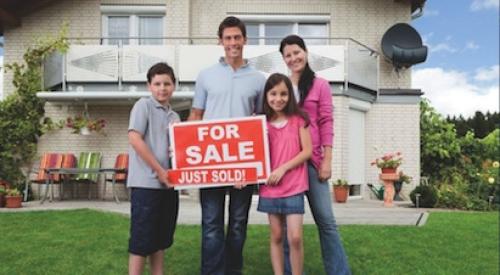Who says children are our future? Bolstered by a thriving population of aging Baby Boomers, by 2035, one-third of U.S. households are expected to be headed by someone age 65 or older. At nearly 50 million total, that number would be an increase of 66 percent from today.
Also, 20 percent of the population is expected to be age 65 or older, growing from 48 million today to 79 million in 2035. These figures come from “Projections and Implications for Housing a Growing Population: Older Adults 2015–2035,” a report released in December by the Joint Center for Housing Studies of Harvard University (JCHS).
The stark rise in older American-led households will increase the demand for houses. The report states that, after applying today’s rate of annual moves by tenure, race, and five-year age bands to JCHS household projections, each year 825,000 older households are projected to move into owned homes and 1.6 million households will move into rented homes. While many older homeowners will be looking to downsize, as many as one-third of them will look for larger homes.
Regardless of the type of home, older adults who plan to relocate want to move near friends and family. The report says that there will be increased housing demand in existing suburbs and rural communities and in places that offer a walkable lifestyle, such as town centers and villages.
In addition, an estimated 17 million older adult households will have at least one person with a mobility disability. New homes will have to be built with wide halls and doorways and zero-step entrances. Single-level floor plans will also lessen mobility difficulties.
The report says that many state and local governments, such as Sacramento, Calif., Pima County, Ariz., and Bolingbrook, Ill., are enacting ordinances and changing zoning laws to push developers to build single-family homes featuring universal design.
The report estimates that by 2035, 27 million households aged 65 and over will have at least one person with limitations who is running a household. For this group, retirement “villages” and multifamily complexes will offer greater access to care and assistance. The development of grocery delivery services and driverless cars over the next few decades will also improve the quality of life for older generations.
Multigenerational households, where three or more generations are present, may become more prevalent across all demographics. Currently, 8 percent of the population live in multigenerational households, and the living arrangement is more common among Hispanic and Asian families.
As the older generation grows larger, affordability will become more of a concern. In 18 years, around 11 million older homeowner households are expected to face housing cost burdens (where housing chews up more than 30 percent of income), up from around 6 million today. In 2035, nearly 5 million older owners will spend more than 50 percent of their income on housing costs.













